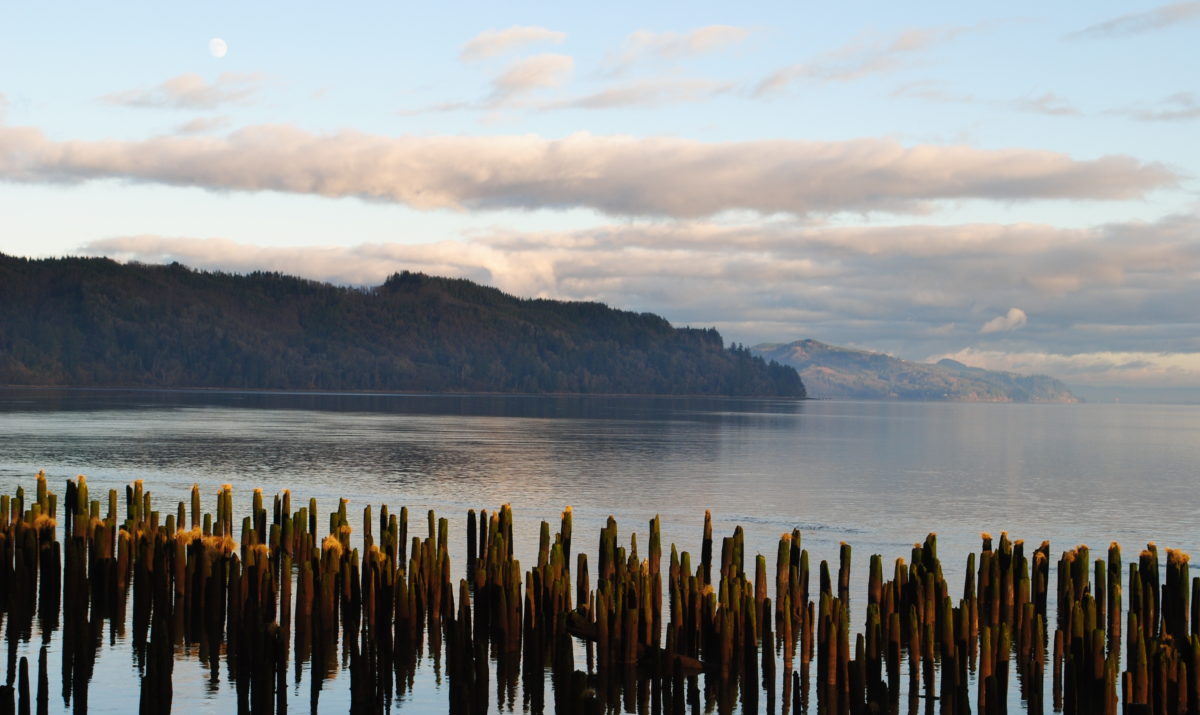Rivers, estuaries, coastal dunes, and old-growth forests blend together to support wildlife along with local fishing, forestry, & recreation industries. Estuaries and rivers are cut off from natural floodplains critical to fish, while forestry activities & development threaten the last remaining old forests. In response, we’re conserving & restoring the best remaining coastal, wetland, river, & forest habitats, while working with communities to support balanced land management.
Regional Objectives
GIVE rivers room to move and flood naturally, enabling them to support healthy salmon runs and riverside habitat without threatening communities and infrastructure.
PROTECT older forests, ensuring that large expanses are managed in ways that connect critical habitat areas, set the stage for more old forests, and support the survival of endangered species.
INCREASE the prevalence of tidal wetlands in the Columbia River Estuary and continue managing invasive species.
CONSERVE and restore the last remaining large, undeveloped properties containing coastal interdunal wetlands and lakes, associated forests, and beaches.
STRENGTHEN local economies and expand public awareness of conservation benefits by providing healthy and functional natural areas.
Conservation Opportunity Areas
Priority 1: Columbia River Estuary, Willapa Hills, Grays River
Priority 2: Chehalis River Headwaters, Elochoman River, Northern Long Beach Peninsula
Priority 3: Other important areas
The Agenda at Work
“River systems are complex, dynamic, intrinsically about people living and interacting within their environment.” — CAITLIN ALCOTT, Wetland Hydrologist with Inter-Fluve
The engineering and design firm Inter-Fluve has partnered with Columbia Land Trust on numerous wetland restoration projects throughout the Columbia River Estuary. Multiple rivers drain into Grays Bay in Wahkiakum County, Washington, where historic tidal floodplains have been fundamentally altered to the detriment of threatened salmon species, migratory birds, and other wildlife. In the years to come, the Land Trust plans to acquire 200 acres, and work with various partners to restore natural tidal wetland conditions to 400 acres, throughout the Grays Bay area. This objective supports a broader, headwaters-to-estuary strategy to protect river systems across the region.
Like Caitlin, educator, conservationist, and photographer Neal Maine finds joy and purpose in the lands, waters, and wildlife of our Northwest coast and estuaries.


